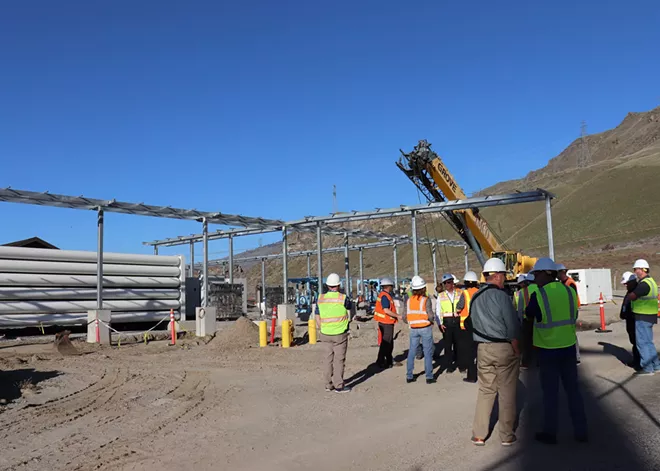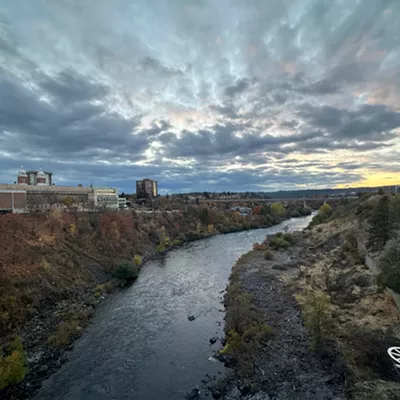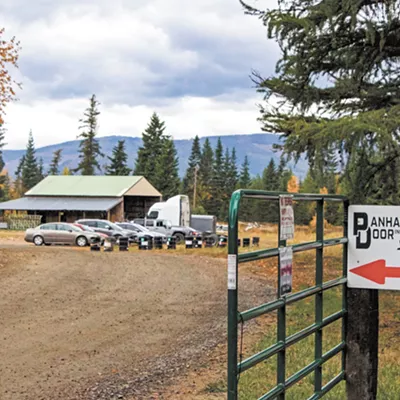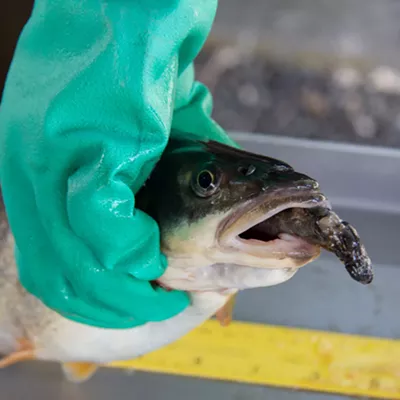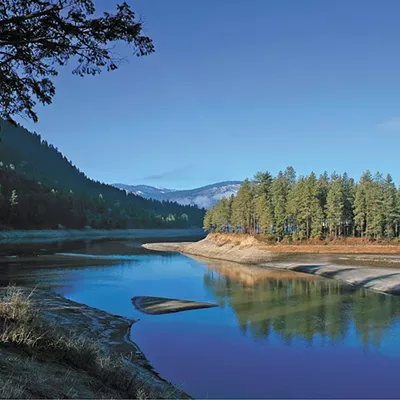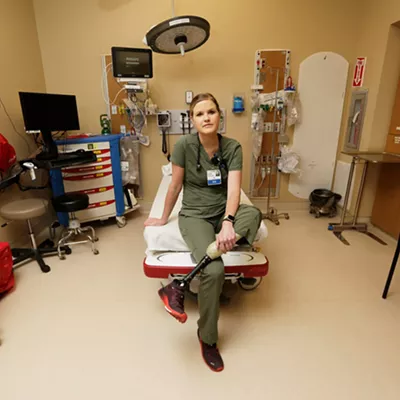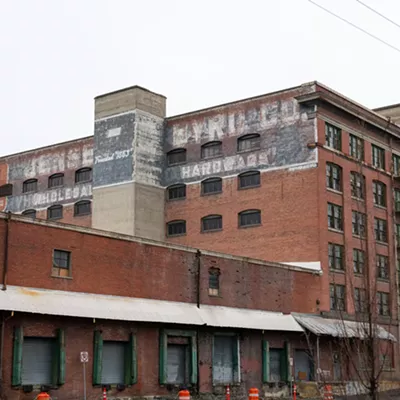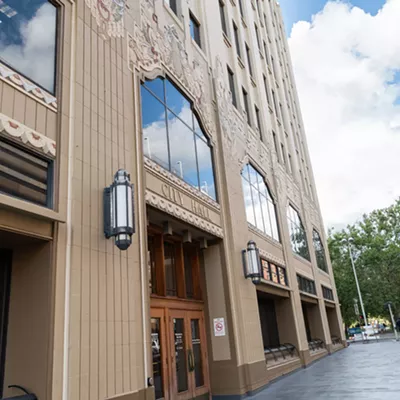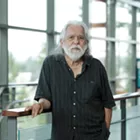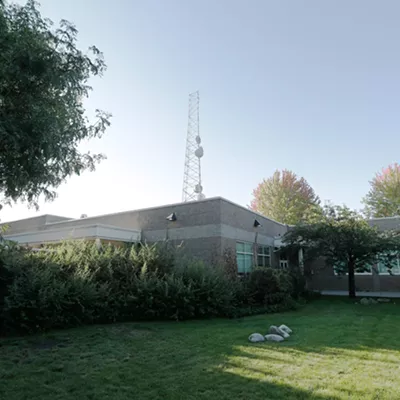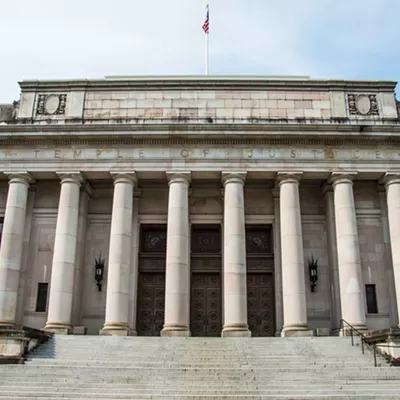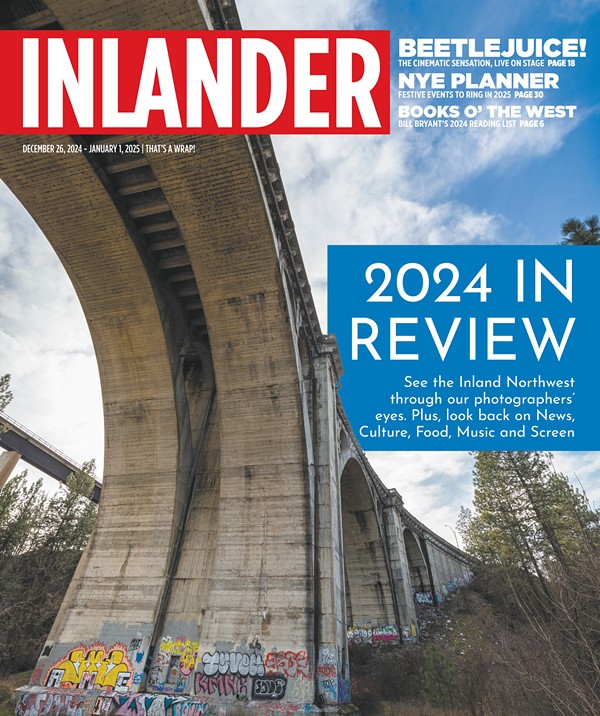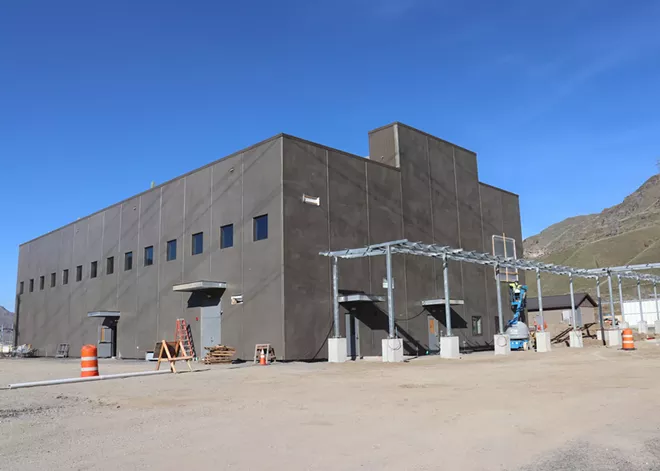
The Pacific Northwest Hydrogen Association has been awarded $27.5 million from the federal Department of Energy to start the first phase of planning for the regional production, storage, transportation and use of hydrogen fuel.
The award, announced on July 24, made the region's federally designated "Hydrogen Hub" the second of seven in the country to get funding (California's was the first). Over the next decade, the hub — a collaboration of public and private organizations and businesses — may receive up to $1 billion from the 2021 Infrastructure, Investment and Jobs Act. In the Pacific Northwest, most of that federal money will be leveraged for at least four times as much in private and local investment.
During Phase 1, the nonprofit Pacific Northwest Hydrogen Association (aka PNWH2) will spend the next 12 to 18 months helping develop at least eight projects across Washington, Oregon and Montana.
Each of the projects in the Pacific Northwest hub will produce or use "green" electrolytic hydrogen fuel, which is made by using renewable energy sources to power the electrolysis process that rips hydrogen atoms from the oxygen in water molecules. The renewable energy will come from the region's abundant hydropower, as well as wind and solar.
The hope is that the eight projects, which the association refers to as "nodes," will help reduce greenhouse gas emissions in energy intensive industries, potentially replacing fuel sources in high-heat manufacturing, heavy duty transportation, and fertilizer production.
"PNWH2 is going to speed up our decarbonization efforts and the transition to a clean energy economy," U.S. Sen. Patty Murray, D-Washington, said in a news release the day funding was announced. "I'm thrilled to be a partner in this fight with PNWH2 and can't wait to see the incredible impact they have on our region."
Chris Green, the president of PNWH2, said in a webinar last week that the hub has a unique challenge ahead.
"We have to basically create supply and demand for a new energy commodity at the same time, and that's not been done as far as I know anytime recently," Green said.
He later tells the Inlander that while there are some imperfect analogues — say, the petroleum industry in its early years, or the iPhone coming on the scene in 2007 and paving the way for a transition to smartphones — historic examples show that the supply has to be ready once you've built the demand.
"When we convince others, by whichever means — by incentive or by some regulation — that they need to buy that product or should buy that product," Green says, "we need to have enough supply for it, ready to go."
While the regional hub is just starting the environmental planning, engineering and permitting processes for various nodes, a small public utility district in Central Washington is years ahead of the competition, with plans to start producing the fuel potentially by the end of the year.
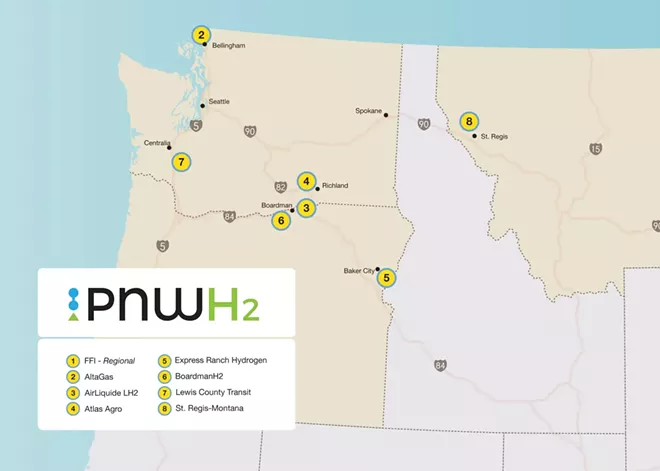
DOUGLAS COUNTY PILOT
Headquartered in East Wenatchee, the Douglas County Public Utility District, or PUD, is one of the 28 customer-owned utilities in Washington that owns and operates a dam to produce and sell hydroelectricity locally and on the energy market. Thanks to that hydropower, the county has some of the cheapest electricity in the entire country.But there's always room to improve. Several years ago, the PUD's board started looking into opportunities for energy storage and more efficient use of the equipment at Wells Dam, when the staff became interested in the potential of hydrogen fuel. Not only could hydrogen serve as a power storage bank that could help stabilize the grid as needed, but it could be another clean commodity to sell on its own.
In fact, the Douglas County PUD was so far ahead of the game, the utility had to ask the Washington State Legislature for permission to produce and sell green hydrogen. The state regulates the types of power that public utility districts can generate and sell, and hydrogen wasn't on the list.
So the utility's staff worked with their state Sen. Brad Hawkins, R-Wenatchee, to pass a law in 2019 granting that permission, says Gary Ivory, general manager for Douglas County PUD.
"It paved the way for all utility districts in the state to produce green hydrogen and actually sell green hydrogen," Ivory says. "It was just little Douglas County leading the way, but we did have the support of the PUD Association."
So why is energy storage enticing when you already produce more electricity than your customers need?
"Renewable energy is very variable. When the sun shines, you can make solar energy. When the wind blows, you can make wind energy," Ivory says. "You've got to be able to store energy."
Hydroelectricity is most abundant when spring runoff is flowing, but that's not when utilities see the peak demand for power, which is usually when customers need to heat or cool their homes in the winter or summer. Excess power generated during those high-flow times is often sold extremely cheap to other users on the grid.
"Hydropower balances the grid in the Pacific Northwest," Ivory says. "It has the ability to ramp when customers start turning on motors and electric devices. ... That ramping means we can turn on those turbines there at the plant, and adjust the wicket gates to push more water through the turbines."
But all of that ramping — which may involve turning on a motor connected to a big generator shaft for just five minutes — can create wear and tear, Ivory says. Turning on one of the 10, 120,000 horsepower motors in the dam for just a few minutes at a time is "not a good, long-term viable way to run a motor that size," Ivory says.
So after receiving state approval, Douglas County PUD started designing a hydrogen fuel pilot project.
The district set aside land for a new building (with room for more buildings in the future) to house an intricate system that includes water purifiers, an electrolyzer, and a connection to the dam's electricity. Hydrogen fuel produced there can be stored in pressurized tubes on site.
The PUD's first hydrogen production facility is nearly complete, with testing and commissioning of the first 5 megawatt electrolyzer expected to take place possibly as soon as October.
That 5 MW electrolyzer uses about 5 gallons of water per minute and can produce enough hydrogen fuel in a day to fill about 55 semitrucks or more than 350 cars, Ivory says. The building has room for three more electrolyzers that size if things go well, and the site has room for three more buildings of the same size, meaning the project could ultimately ramp up to 80 MW.
The plan initially is to store and sell the hydrogen in gas form, but it will likely take time to find customers who need the fuel, Ivory says. It'll be even longer before the utility connects that fuel back to the electric grid to help balance demand.
"It's a new industry that we're getting into," he says. "The first step is learning how to produce it, how to store it, how to sell it, and down the road we're going to learn how to put it back on the electric grid when that makes sense."
The PUD will be one of its own first customers, thanks to a grant from Toyota, which provided the utility with four used Toyota Mirai hydrogen fuel cell vehicles in May.
But the potential to fuel heavy-duty semitrucks aligns the project — which has been advancing separately from the regional hydrogen hub — with the work that's soon to get started around the Pacific Northwest.
HEAVY DUTY TRANSITION
All but one of the eight nodes in the Pacific Northwest Hydrogen Association are focused on producing hydrogen fuel for heavy-duty transportation needs along major interstate corridors, and public transit. The other project will use green hydrogen to produce ammonium nitrates needed for fertilizer, which are often currently made using fossil fuel inputs.Part of the reason for the focus on heavy-duty transportation is because heavy-duty vehicles are likely the first customers that will be ready to use hydrogen fuel.
"In transit for example, you can buy hydrogen fuel cell buses now, many transit agencies are buying these, so that part of the value chain is prepared to produce that equipment," Green says. "Right next to it ... would be long-haul trucking, because there are fuel cell trucks you can buy right now."
While some of those vehicles may be expensive at the moment, they already exist in the market in North America and Europe, so the next step is just being able to produce the fuel and get it where it's needed, Green says.
Getting those kinds of vehicles to transition in a significant way will also help with an overall goal of the hubs, which is to stabilize the price of hydrogen and make it affordable, Green says.
"I don't know that we'll get to the point where we have kind of the global stability we have like on gasoline, but the idea is that you get the price to stabilize and the best way to do that is to get lots of long-term offtake customers, and then hopefully the rest will come online," Green says. "Those value chains need to catch up: the cruise ship lines, the Maersk shipping vessels, those boats are being ordered, and some of them are being built, but that takes awhile to replace those huge fleets."
As the hub works through the National Environmental Policy Act process in coming months, individual projects may be able to move into the second phase sooner than others, he says. The hub will be able to manage that so no project is held up because another one isn't quite ready.
Green says he's looking forward to the work ahead, even though the progress may not be linear.
"For the next eight years of this hub, it's going to be bumpy, and we're going to have to just keep at it and see if we can make sure these customers appear and start buying the product," Green says. "This is a transition. It's going to take a few decades, probably, to be able to really look back and say, 'OK, is that work that we did back in the early 2020s, did that work?' It's going to be hard to tell for a little while."
The ingredients to reduce greenhouse gas emissions are there, though, and there's more global capital being invested in this than ever before, Green says.
"I think we really are making some of the early stages of the overall industrial transportation transition to greener energy," Green says. ♦

